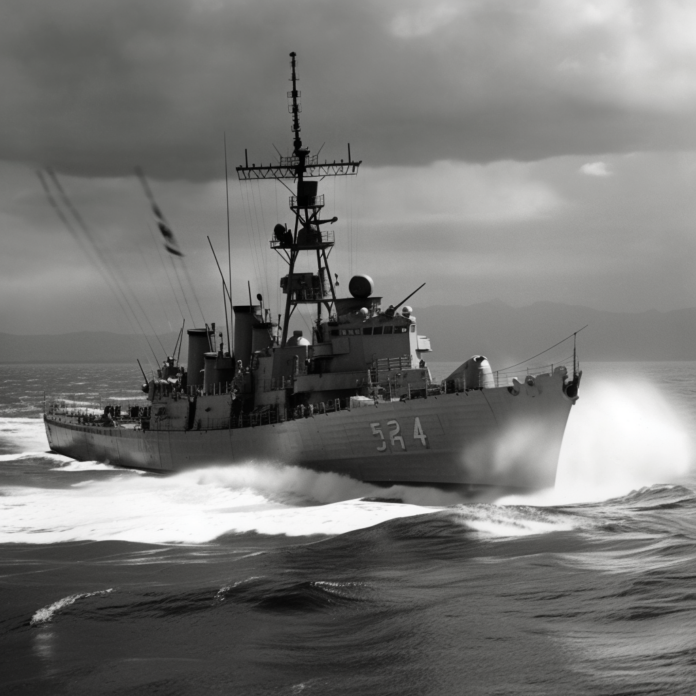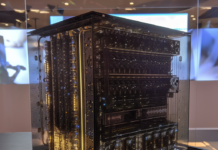
Fringe Score: Highly unlikely – largely based on unverified accounts and lacking substantial evidence.
Summary:
The Philadelphia Experiment is an alleged secret military experiment conducted by the United States Navy during World War II. According to the story, the experiment took place in 1943 at the Philadelphia Naval Shipyard, where the USS Eldridge was purportedly rendered invisible to enemy devices and even teleported. Despite its popularity in conspiracy and paranormal circles, the Philadelphia Experiment is considered highly unlikely at Fringepedia, as it is largely based on unverified accounts and lacks substantial evidence.

Background:
The Philadelphia Experiment’s origins can be traced back to a series of letters sent to astronomer and UFO researcher Morris K. Jessup in the 1950s. The letters were authored by an individual named Carlos Allende (also known as Carl M. Allen), who claimed to have witnessed the experiment while stationed aboard a nearby ship. Allende’s account detailed the alleged invisibility and teleportation of the USS Eldridge, as well as the supposed horrific side effects experienced by the ship’s crew.
The story gained widespread attention when Jessup’s annotated copy of his book, “The Case for the UFO,” was mysteriously returned to him. The annotations, believed to be written by Allende, contained references to the Philadelphia Experiment and other alleged secret government projects. The story was further popularized by the 1979 book “The Philadelphia Experiment: Project Invisibility” and a 1984 film adaptation.
Alleged Details and Claims:
According to the story, the Philadelphia Experiment was intended to develop a technology that could render naval ships invisible to enemy radar. The experiment allegedly involved the use of powerful electromagnetic fields to bend light around the USS Eldridge, causing it to disappear. Some
versions of the story also claim that the ship was teleported from the Philadelphia Naval Shipyard to Norfolk, Virginia, and then back again.
It is said that the experiment had disastrous consequences for the crew members, who reportedly experienced severe nausea, disorientation, and, in some cases, were fused into the ship’s hull or vanished altogether.
Skeptical Arguments:
Skeptics argue that the Philadelphia Experiment is a fabrication, citing the following reasons:
- Lack of documentation: There is no official record or documentation from the United States Navy or other government agencies supporting the existence of the Philadelphia Experiment.
- Inconsistencies in Allende’s account: Carlos Allende’s letters contained various inconsistencies, and he later admitted to having fabricated parts of the story. Additionally, no corroborating witnesses have come forward to verify Allende’s claims of having witnessed the experiment firsthand.
- Scientific implausibility: The alleged methods used to render the USS Eldridge invisible, such as bending light with electromagnetic fields, are considered scientifically implausible based on current understanding of physics.
- USS Eldridge’s whereabouts: Official records show that the USS Eldridge was not at the Philadelphia Naval Shipyard during the time of the alleged experiment. The ship’s logs and crew members’ accounts also make no mention of the events described in the Philadelphia Experiment story.
- Alternative explanations: Some researchers suggest that the story of the Philadelphia Experiment may have been based on misinterpretations of actual wartime experiments with degaussing, a process used to protect ships from magnetic mines by reducing their magnetic signatures.
Conclusion:
Given the lack of verifiable evidence, the inconsistencies in Allende’s account, and the scientific implausibility of the alleged events, the Philadelphia Experiment is considered highly unlikely at Fringepedia. While the story remains popular in conspiracy and paranormal circles, it is widely regarded as a myth or hoax by the majority of researchers and historians.





